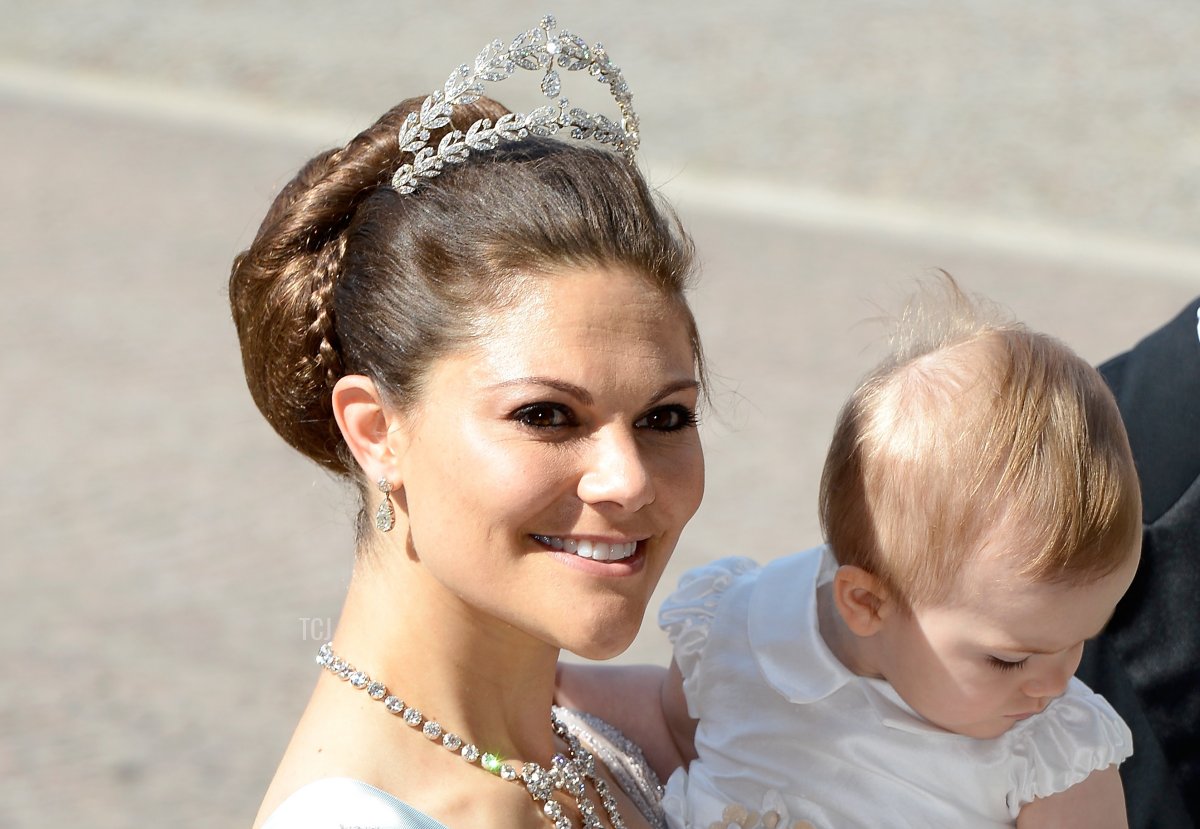
A pair of Swedish crown princesses have worn this sparkling laurel wreath tiara—and another may be waiting in the wings to take her turn with the jewel. On Princess Estelle’s birthday, let’s take a closer look at the Boucheron Laurel Wreath Tiara from her mother’s personal jewelry collection.
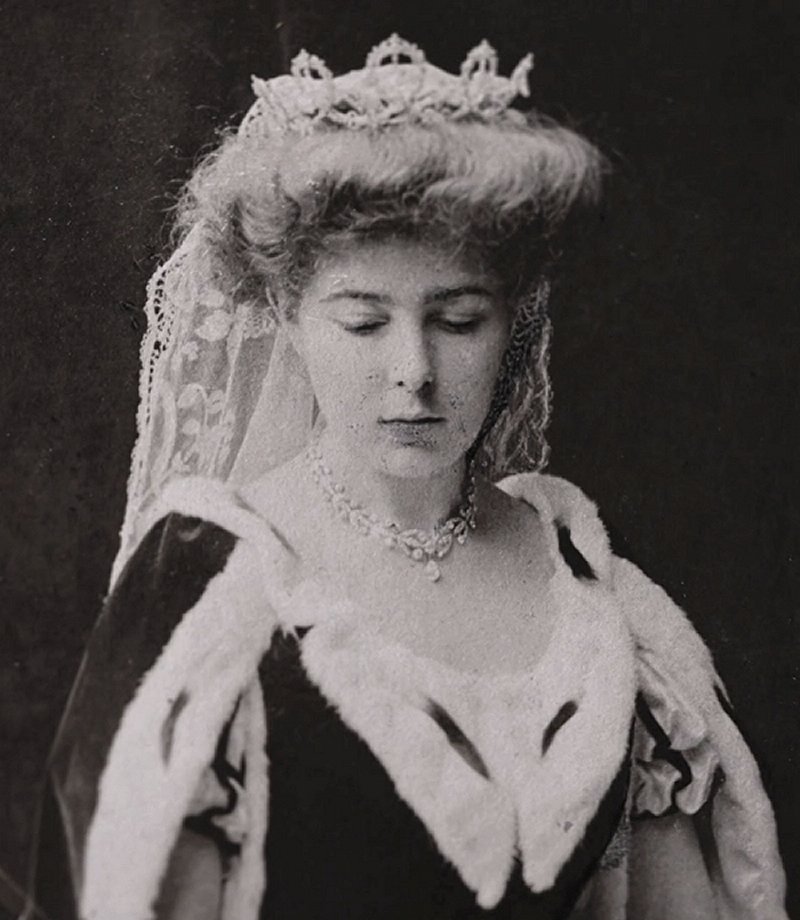
In June 1905, an important royal wedding united members of two European dynasties. Prince Gustaf Adolf, the future King of Sweden, married Princess Margaret of Connaught, a niece of King Edward VII of the United Kingdom. Gustaf Adolf and Margaret had fallen in love after meeting in Egypt earlier that year, and their romance was celebrated by both of their royal families. Wedding gifts poured in for the princess, including tiaras from both sides of the family. In the portrait above, she wears the Connaught Diamond Tiara, a gift from her parents. And the laurel wreath necklace she’s wearing with her court attire is also a second tiara.
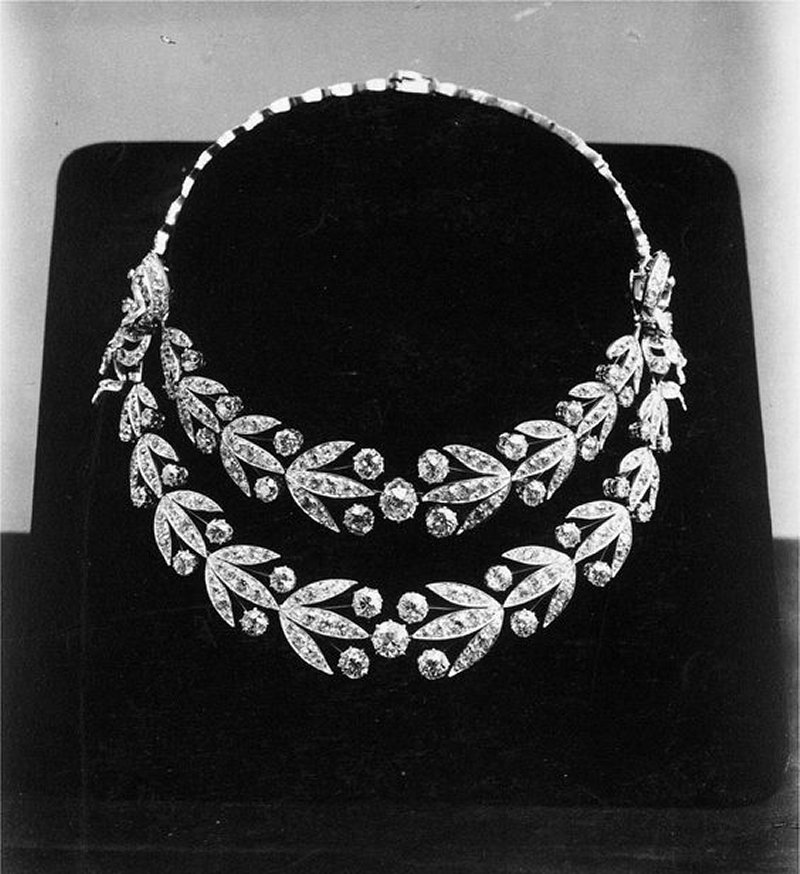
The diamond jewel, with its classic laurel leaf design, comes from Boucheron. A similar piece is showcased in the archival photograph from the firm above. The convertible jewel was given to Princess Margaret as a wedding present by her husband’s grandmother, Queen Sofia of Sweden.
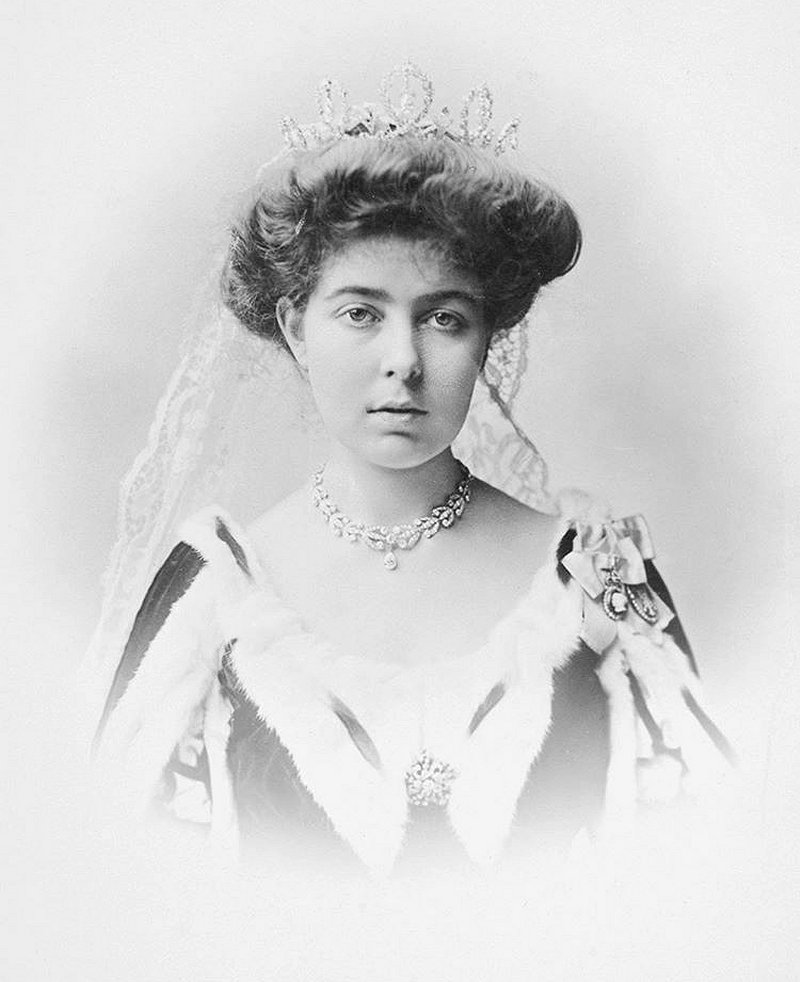
Princess Margaret became the Crown Princess of Sweden in 1907, two years after her wedding, when her husband’s father ascended to the Swedish throne. Her wedding jewels are showcased in numerous formal portraits from the period. In this photograph, she again wears the Connaught Diamond Tiara with the necklace setting of the Boucheron Laurel Wreath Tiara. She also wears her lace wedding veil, now an heirloom treasured by her descendants, with her formal court gown. (Learn more about traditional Swedish court dress here!)
But, sadly, Margaret never lived to become Sweden’s queen consort. She died in May 1920 at the age of 38. Her jewels were dispersed among her five children. The laurel wreath necklace/tiara was inherited by her third son, Prince Bertil.
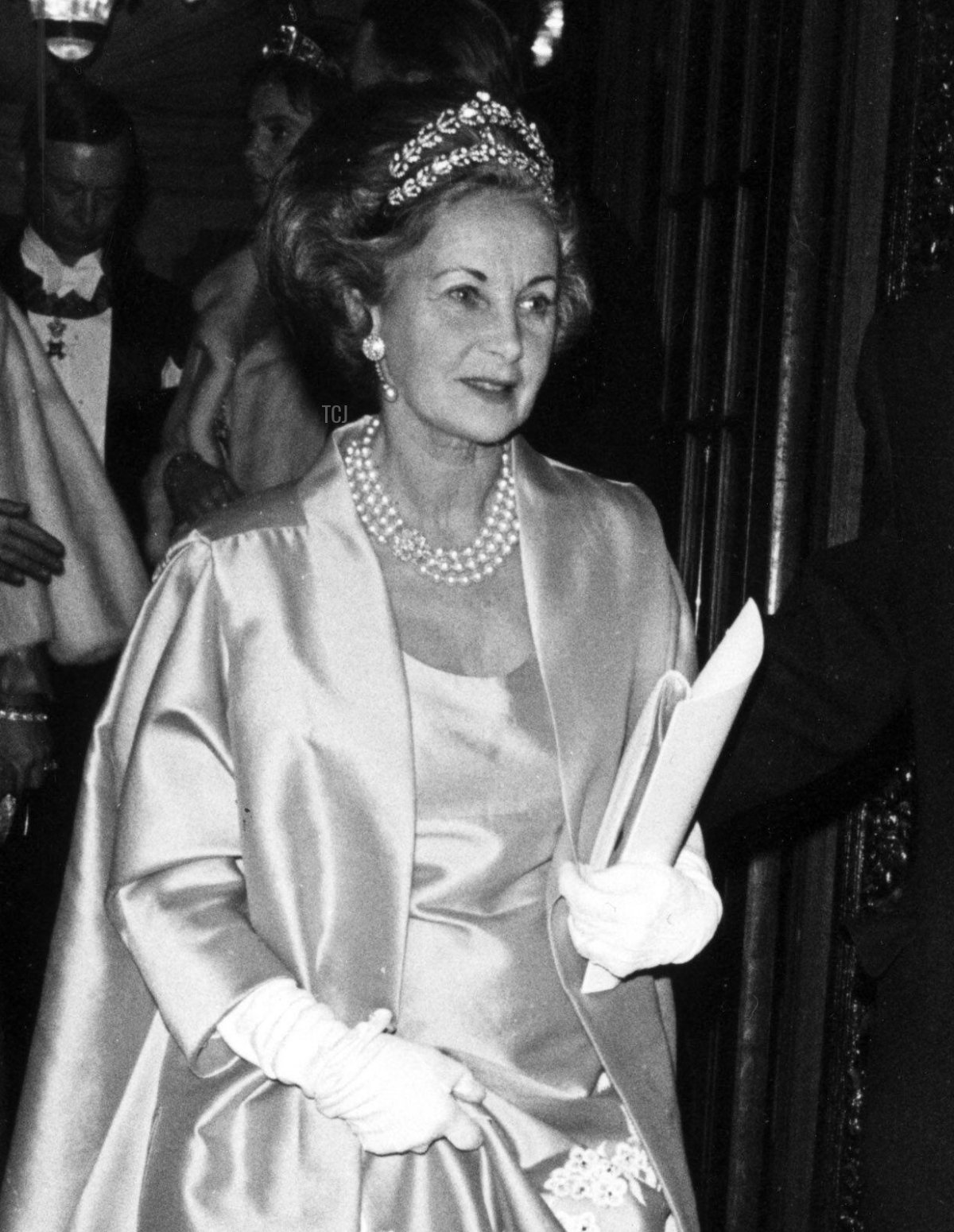
The tiara had a long wait to find its next wearer. Prince Bertil fell in love with a British woman, Lilian Davies, during World War II, but she was both a commoner and a married woman. Though she soon divorced her first husband, Bertil faced the loss of his royal title and status if they married. The early death of his eldest brother, and the marriages of his other brothers to commoners, had left the royal family with only a handful of remaining members. Bertil made the decision to stay royal, supporting his grandfather (King Gustaf V), his father (the future King Gustaf VI Adolf), and his baby nephew (the future King Carl XVI Gustaf).
But Bertil and Lilian continued their romance in private—for decades. They lived together quietly and privately at both Bertil’s home in Sweden and their villa on the French Riviera. And, as time went on, royal attitudes toward marriages to commoners changed. Near the end of King Gustaf VI Adolf’s life, Lilian began to be invited publicly to grand royal events. She finally had the chance to use the diamond laurel wreath tiara that Bertil had inherited from his mother. Above, she makes one of her first public appearances in the tiara during King Gustaf VI Adolf’s 90th birthday celebrations in November 1972.
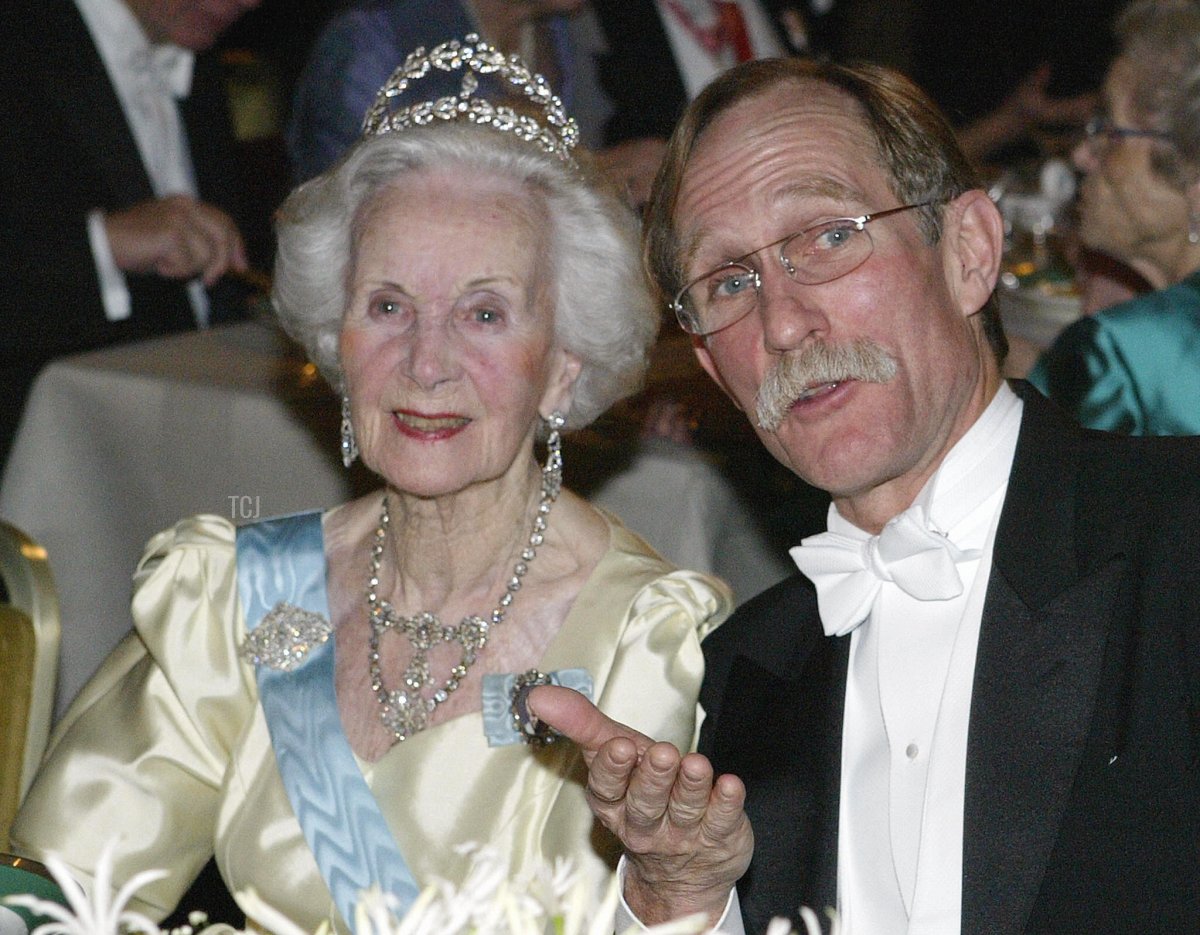
Lilian became a princess four years later, in 1976, when she and Bertil were finally granted permission to marry by his nephew, King Carl XVI Gustaf. She remained a beloved member of the royal family for the rest of her life, filling a grandmotherly role for Carl Gustaf’s children. She could often be spotted wearing tiaras at events like state dinners and the annual Nobel Prize ceremony and banquet. She particularly liked to pair the laurel wreath tiara with another heirloom jewel: the necklace made by transforming Queen Josefina’s Diamond Stomacher. She wears the combination above at the Nobels in December 2003.
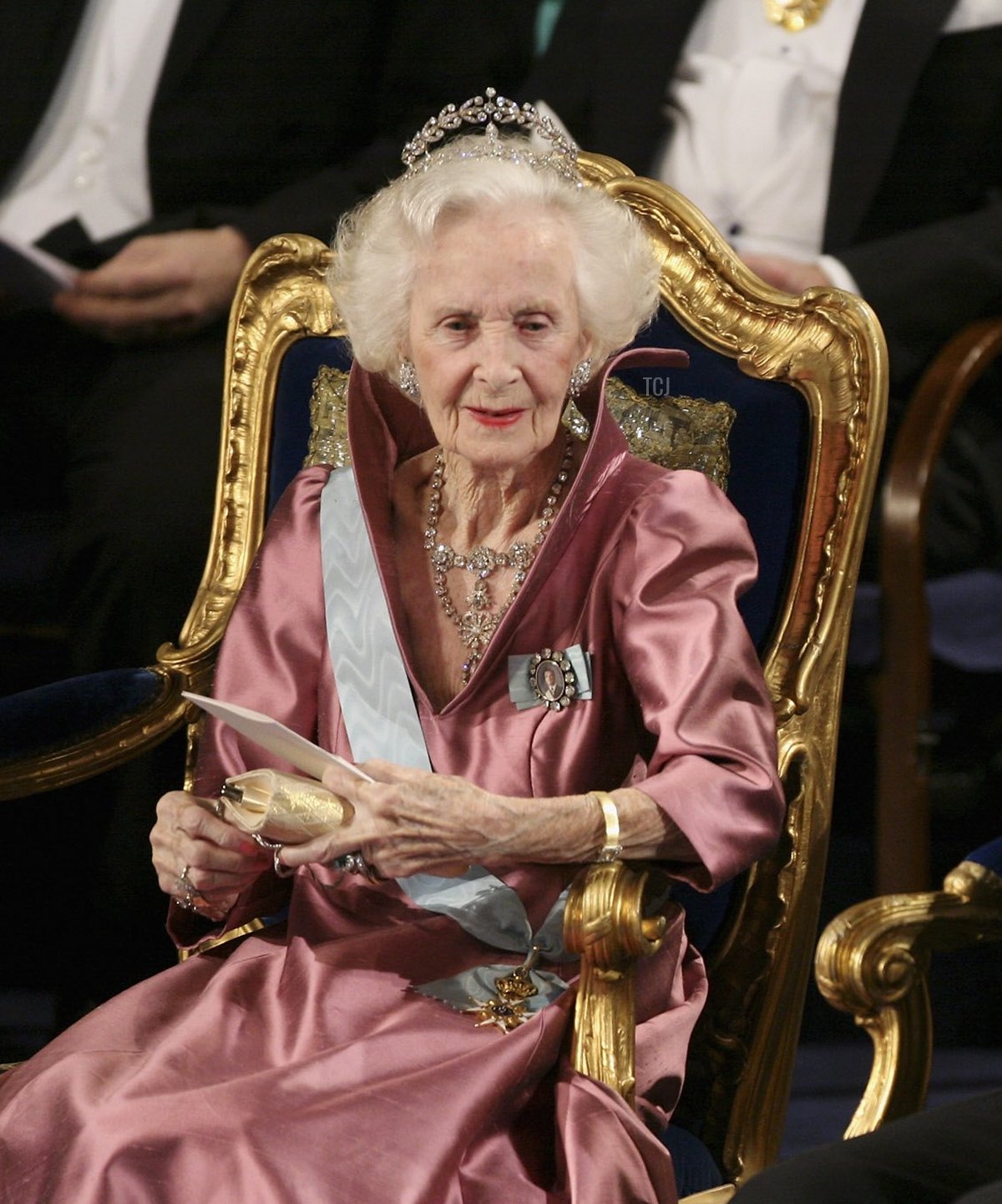
And here, she wears the jewels together again at one of her last Nobel appearances, in December 2006.
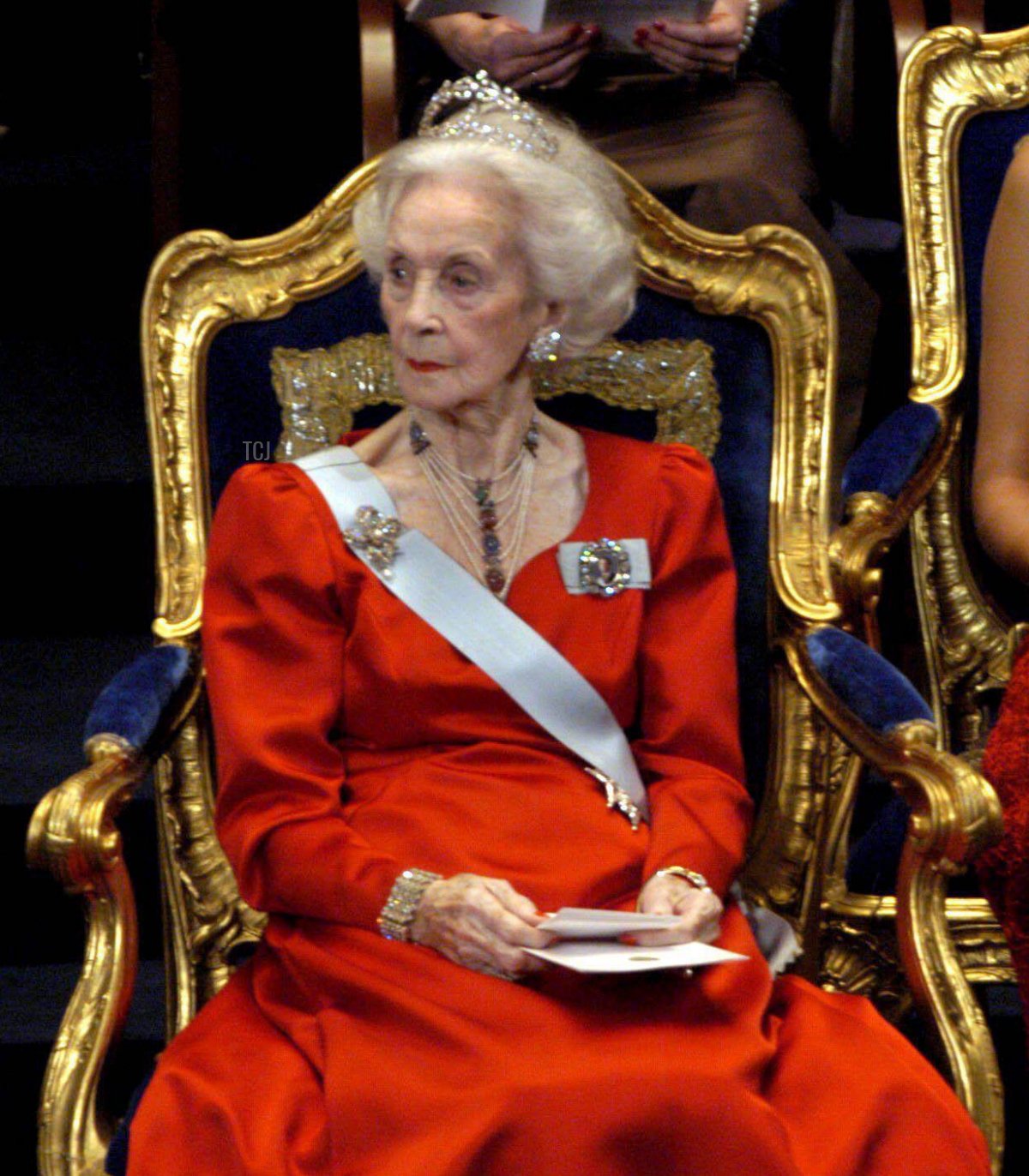
She also, on occasion, paired the laurel tiara with another jewel inherited from Princess Margaret of Connaught. This unusual necklace, with its scarab design, is made of pearls, diamonds, rubies, sapphires, and emeralds. The design choice recalls the Egyptian location of Prince Gustaf Adolf and Princess Margaret’s early romance. It was a wedding gift to Margaret from her parents-in-law, King Gustaf V and Queen Victoria of Sweden.
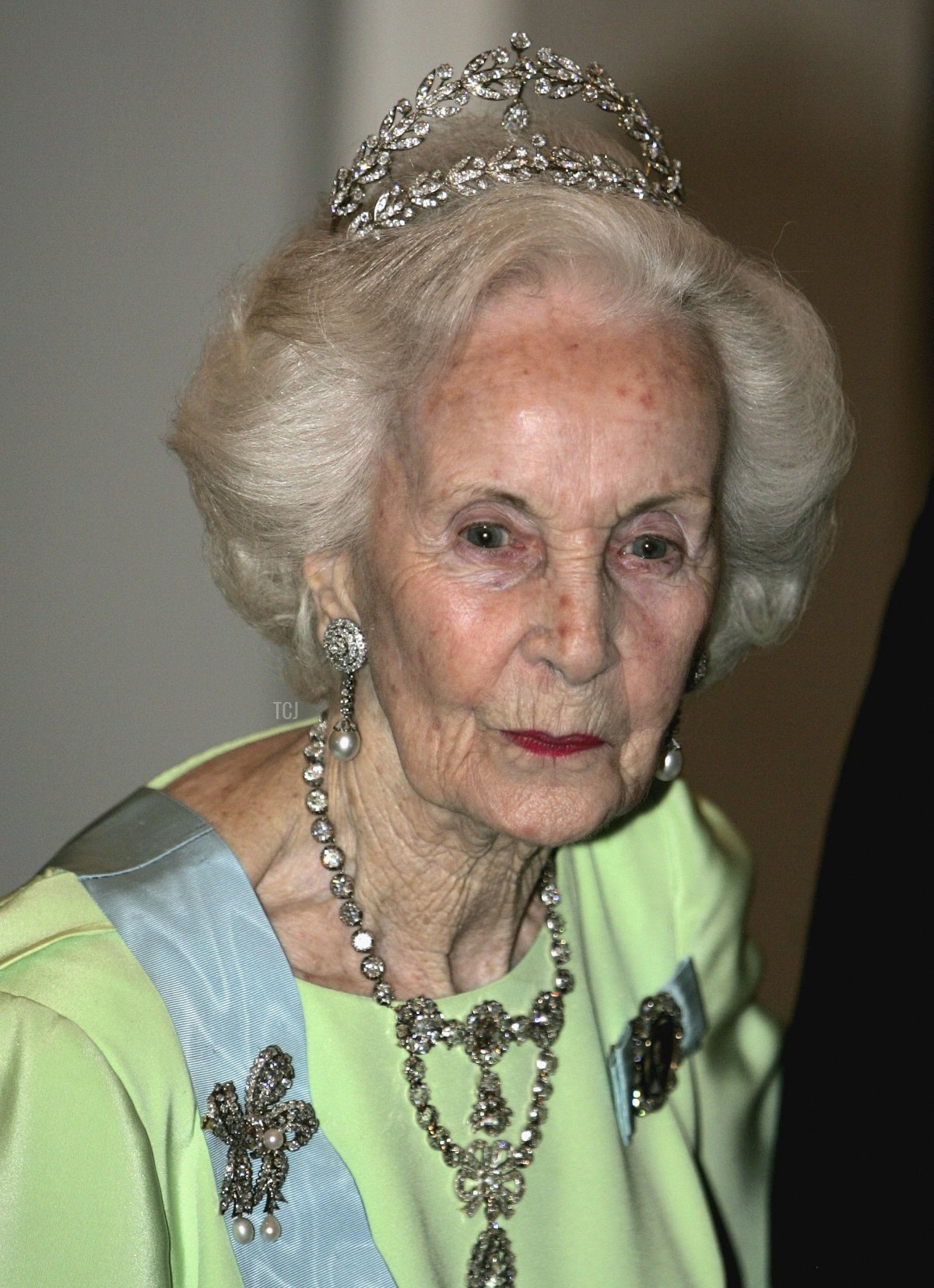
Princess Lilian passed away in March 2013. In her will, she made sure that the laurel wreath tiara stayed with the royal family, bequeathing it to her great-niece, Crown Princess Victoria of Sweden.
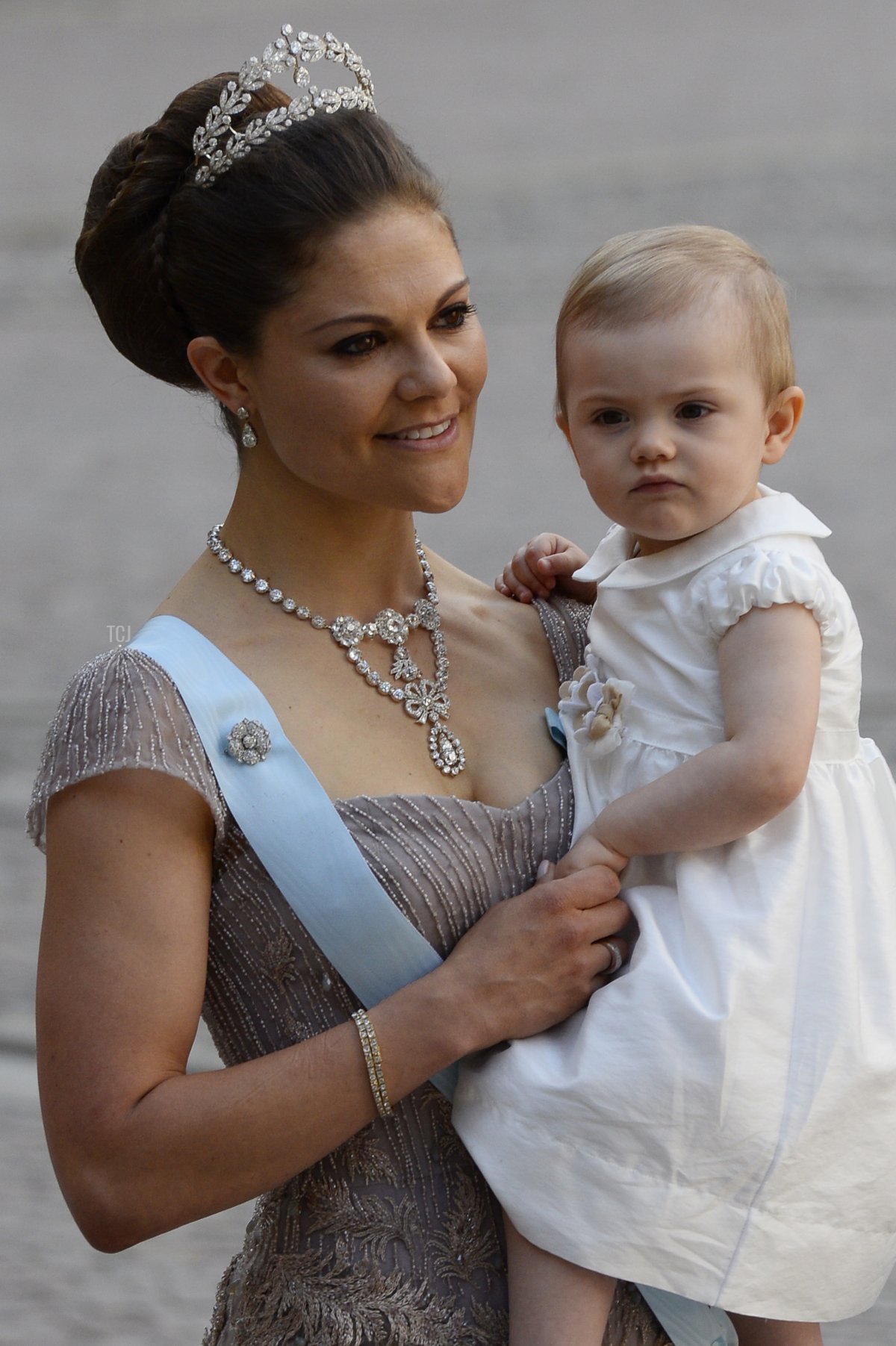
Crown Princess Victoria made her first public appearance in the tiara just a few months later. She wore the jewel in June 2013 for the wedding of her sister, Princess Madeleine, in Stockholm. The choice was almost certainly a lovely gesture to Lilian’s memory. Victoria even wore Lilian’s favorite jewelry combination for the wedding, pairing the tiara with Queen Josefina’s Diamond Stomacher Necklace, plus diamond earrings made by repurposing two of the stomacher’s original drops.
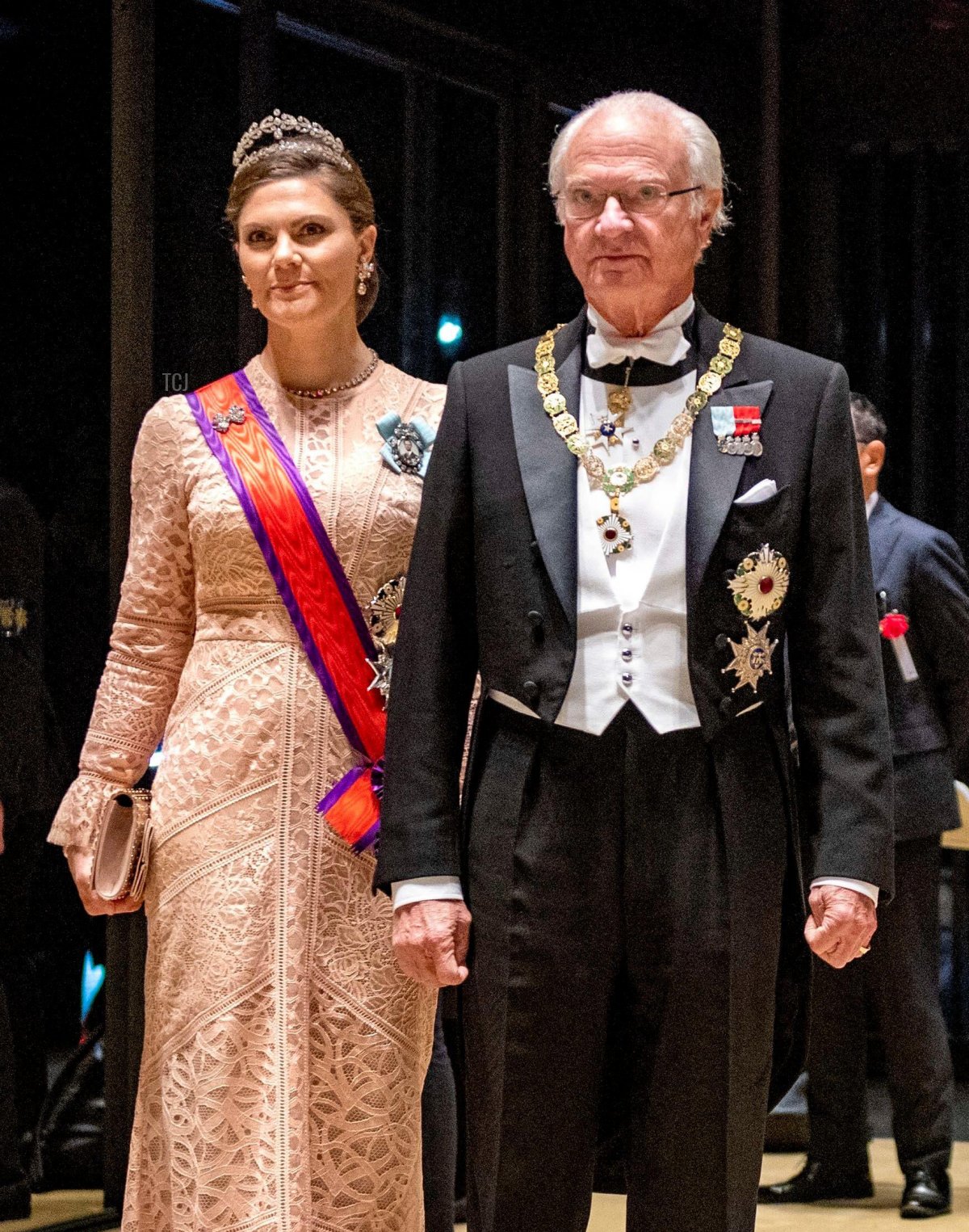
The tiara is one of the only ones that Victoria owns personally, and she’s worn it on numerous occasions over the last decade. One of the most prominent showcases for the tiara came in October 2019, when she wore it for a banquet during the enthronement celebrations for Emperor Naruhito and Empress Masako of Japan.
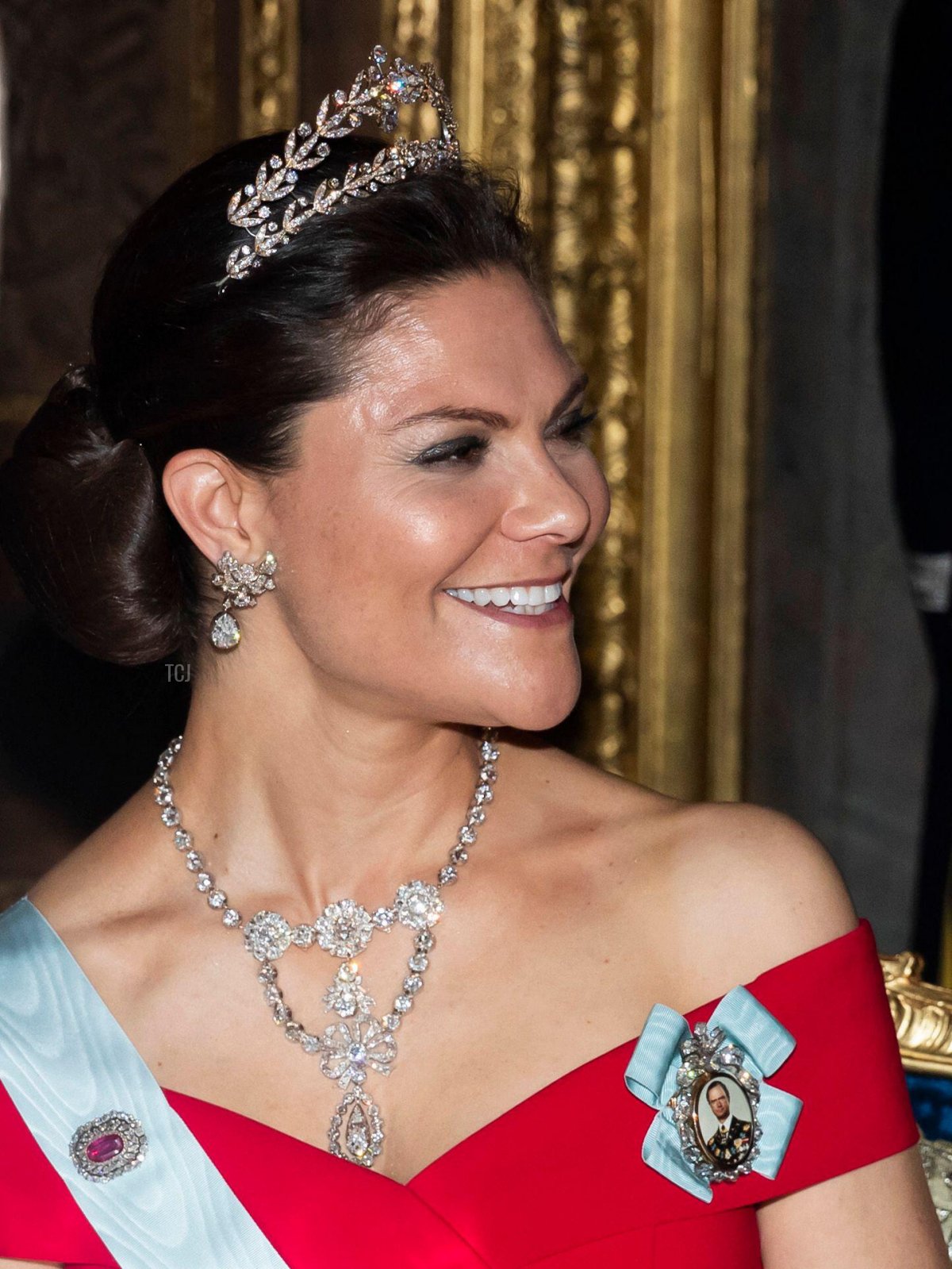
Just like Lilian did, Victoria often wears the tiara for state banquets and other celebrations at the Royal Palace in Stockholm. Here, she pairs the tiara and the stomacher necklace with additional diamonds and rubies for the annual Representationsmiddag in the spring of 2022.
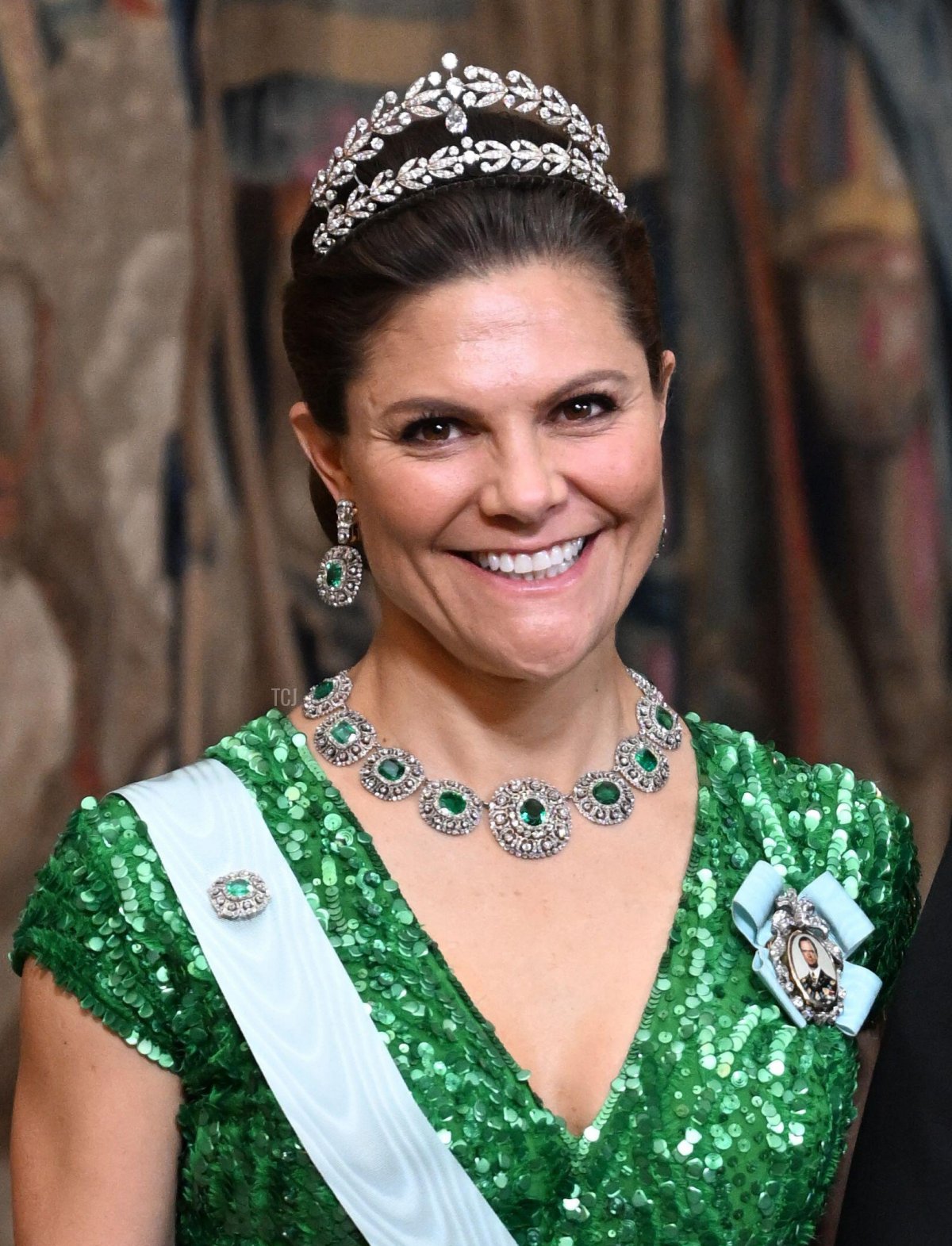
One of her most recent appearances in the tiara took place in December 2022, when she wore it for the King’s Dinner during the Nobel Prize celebrations in Stockholm. On that occasion, she wore the tiara with pieces from the family’s gorgeous emerald set (including the newly-created earrings).
Leave a Reply
You must be logged in to post a comment.